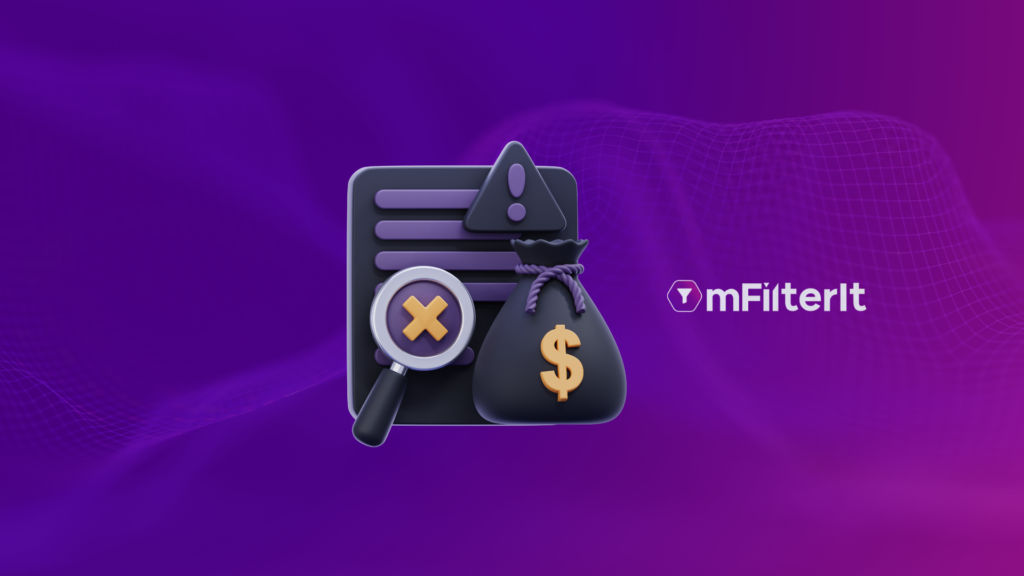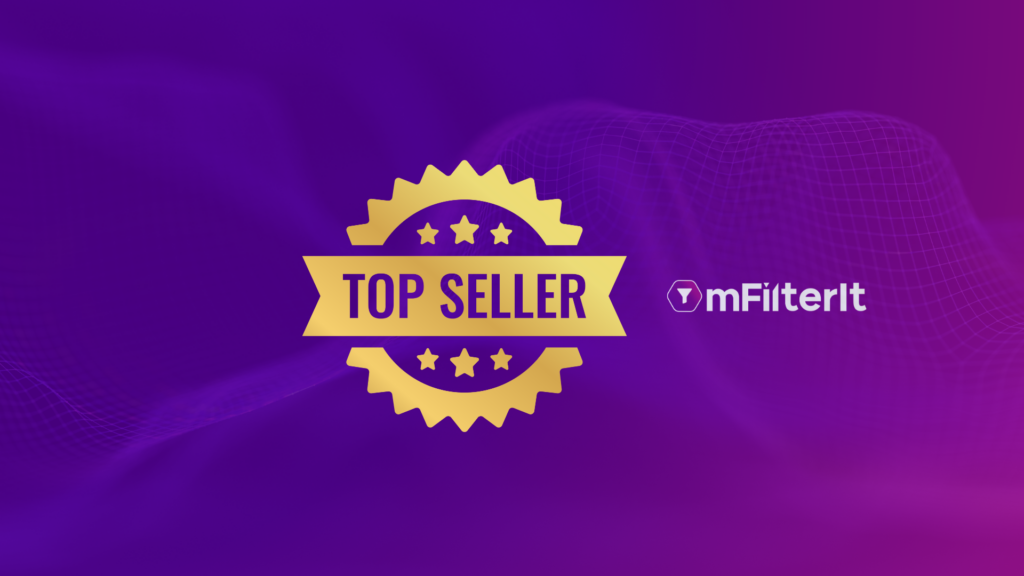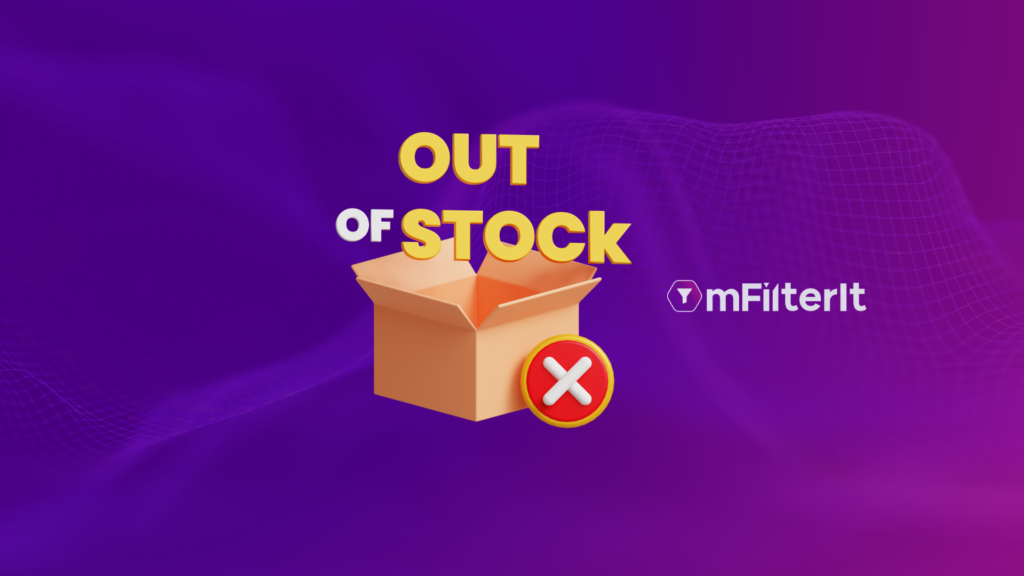Why Do Rating Matter to eCom Brands?
Online shoppers judge a product through its ratings and impact purchase decisions The first and only way to know about customer experience in an eCommerce marketplace is through ratings. They are eye-openers. Product ratings can make the customer interested in buying the product or scroll until a better product becomes visible. The importance of ratings is undermined by reviews, as they offer ‘textual’ feedback from online shoppers. However, many reviewers only submit product ratings and don’t write about their experiences. Brands have to incentivize customers to submit their feedback through offers, scratch cards, gifts, etc. Such customer experiences are also biased, as many brands clearly state, “give a 5-star rating and write a few words” in their lingo. Brands also run campaigns to acquire customer feedback on their products. They approach influencers to submit feedback on eCommerce marketplaces in text or video format along with the ratings. Moreover, they also ask influencers to create unboxing videos or product feedback for their Product Display Page (PDP). Implications of Ratings on eCom Products Customer’s Interest in the Product Let’s say an online shopper searches for ‘best smartphones under Rs 10,000.’ The top search results have a rating between three to five stars. Which one do you think the customer would likely prefer? While this is an open-ended and subjective choice, as it would also account for the brand, price, image, and other crucial aspects, the product’s rating will undoubtedly change the decision to visit the product page. The next step in a customer’s journey after searching for a product now depends on the ratings shown on the digital shelf. The product ratings are also displayed at the top of the PDP on most eCommerce marketplaces. It’s a signal to re-affirm the experience of online shoppers. Online Shopper’s Decision to Read Reviews If a product’s ratings are below three stars, an online shopper may not be interested in buying or even looking at the product. However, if it is between three and five stars, the decision to explore more about the online shoppers’ experience through reviews would substantially increase. Therefore, ratings have the power to impact an online shopper’s decision in two extreme directions. The need to have a positive rating is always a priority for eCommerce marketers. Online shoppers read more about the product if a product has a neutral or positive rating. It makes them more interested in the features or qualities of the product. It also removes their distrust of the brand, especially if they buy a product for the first time. Helps to Make Product Judgements A three-star-rated product informs online shoppers that the buyers could face problems and should not expect the best results. A four-star product rating states that ‘it’s almost up to the expectations given in the PDP.’ Now, it’s easy to know what to expect from a one, two, or five-star-rated product. Right? Online shoppers start judging the credibility of a product based on the rating. In most instances, people would always go for a four to five-star-rated product. (If you disagree, please comment and let us know your reasons). The eCommerce search algorithm understands that the highest-rated products under a category would interest a higher number of buyers. Therefore, most top search results include the best-rated products, which generally don’t go below three stars. Wrapping Up A product’s rating has a wide range of implications. They can either build an online shopper’s association with a brand or disassociate existing loyalists to competitive products. The need to have a positive rating for all eCommerce listings has become essential, as slight differences can alter customer buying decisions. Moreover, product ratings are a window into the customer experience. Poor ratings keep the customer’s interest in the product at bay, and good ratings uplift their enthusiasm to know more about the product. Our eCommerce Intelligence solution, mScanIt, enables brands to track their product ratings in real-time and measure their performance with the top competitors. The solution can also set alerts in case there is a sudden surge in ratings. Using the alerts helps brands to notify eCommerce managers to take swift action against an issue or find out the reason for positive publicity by checking the PDP.
Why Do Rating Matter to eCom Brands? Read More »










